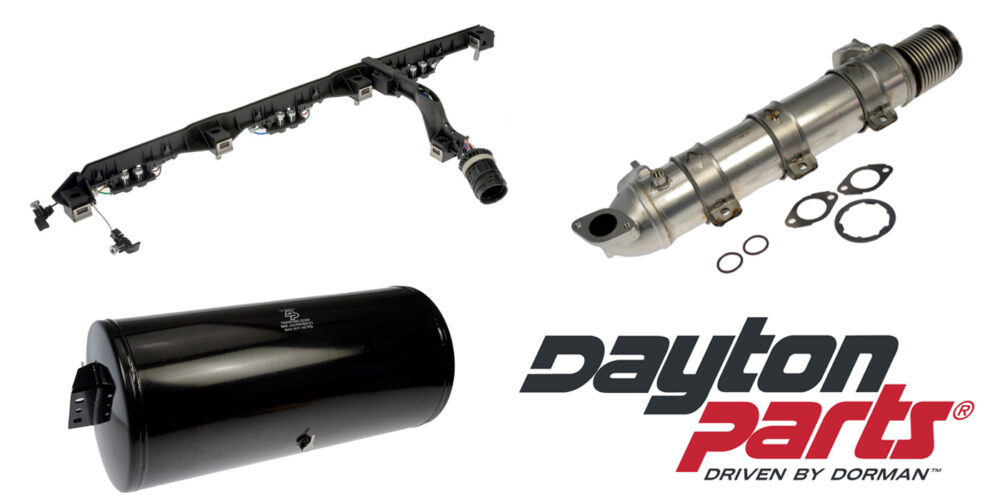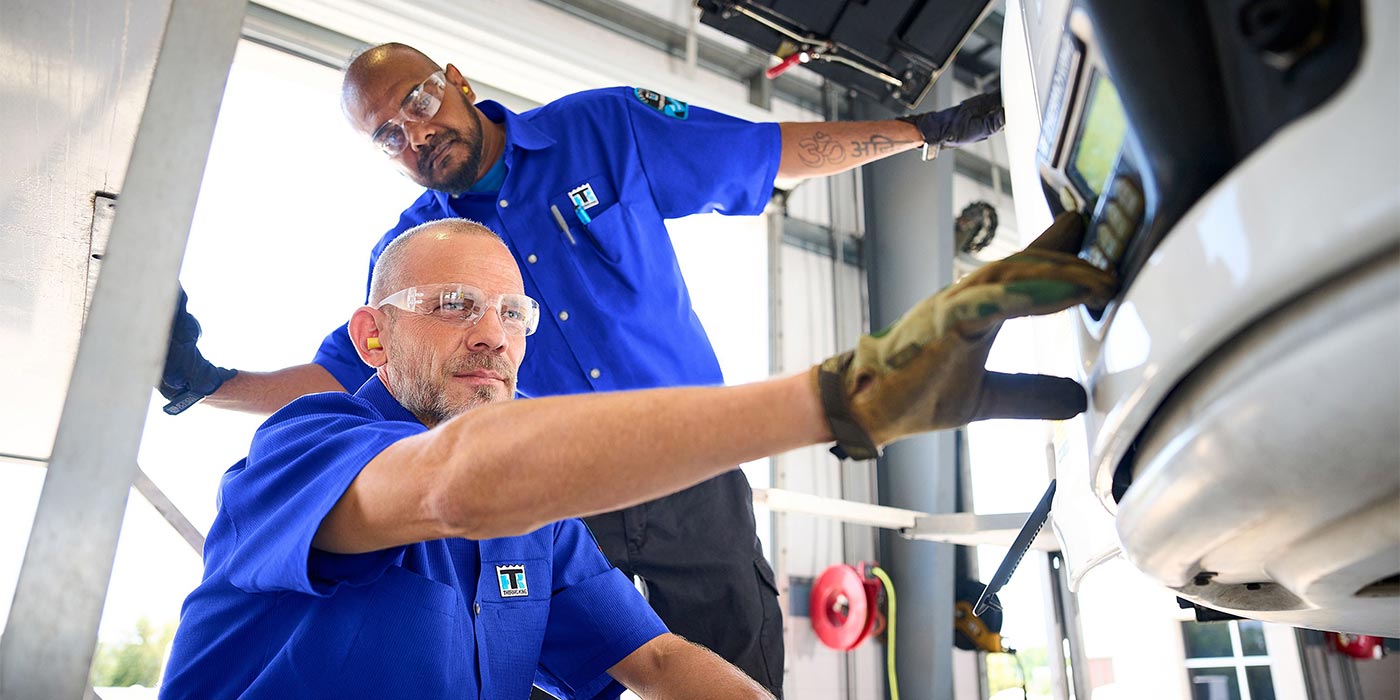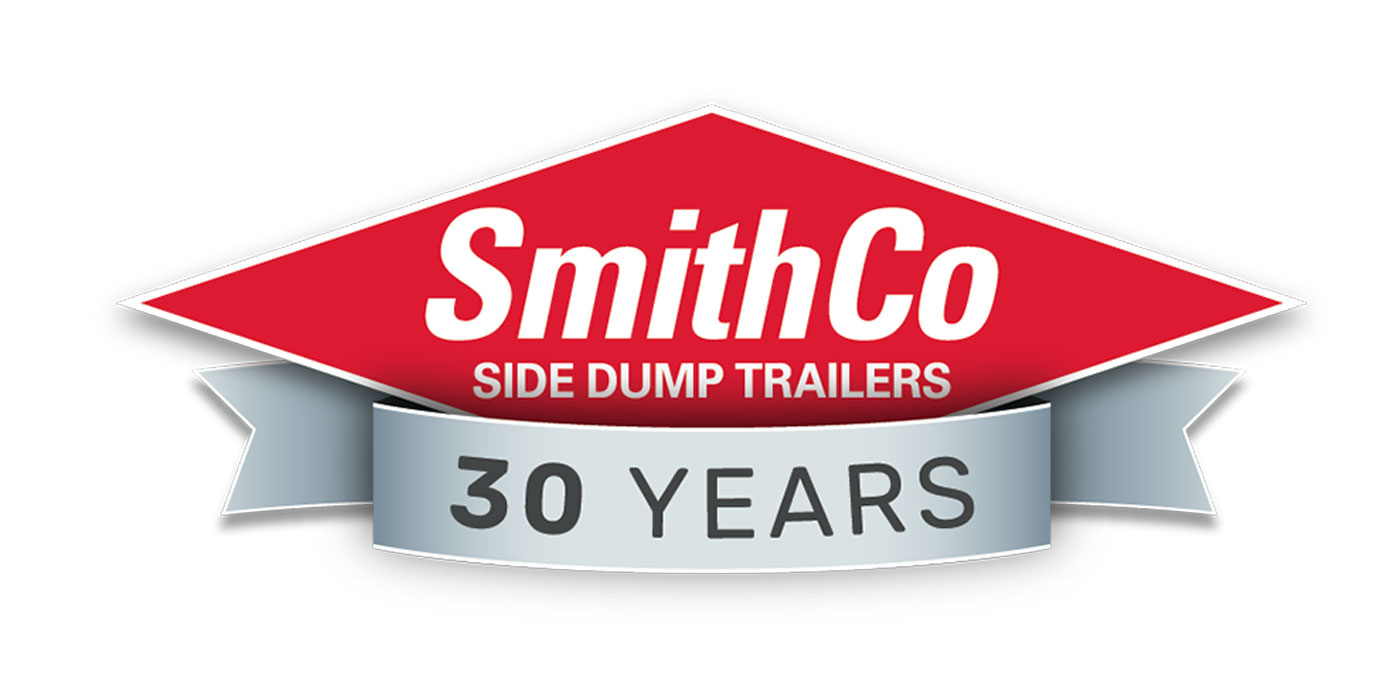The future of heavy-duty engine oils is currently being mapped out in response to the latest proposed greenhouse gas and fuel mileage regulations announced by the Environmental Protection Agency (EPA) and the California Air Resources Board (CARB).
To help Original Equipment Manufacturers (OEMs) meet the more stringent emission requirements, the American Petroleum Institute (API) has begun work on its latest heavy-duty engine oil category: PC-12.
In this article I look towards the future, sharing insight on what we might expect from PC-12 and how we can prepare for its arrival based on the information currently available.
What will the category include?
While the details of the new specification are yet to be finalized, it is being developed to align with the needs of the latest engine technologies and new regulation guidelines, supporting OEMs to meet these demands. The first licensing of oils under the standard is targeted for Jan. 1, 2027.
Shaping the requirements of PC-12, on April 12, the much-anticipated Phase 3 of the federal Greenhouse Gas (GHG) Standards for heavy-duty vehicles was announced. The proposal from the Environmental Protection Agency is currently being reviewed by the American Trucking Associations; however, from what we know so far, it is apparent that even stronger pollution standards will be implemented for all vehicles, surpassing what was laid out in 2016’s GHG Phase 2. This change in criteria will likely impact the development of the upcoming category and the tests it must undergo.
Although the details are still becoming clear, we can expect PC-12 to deliver lubricants with increased wear protection and oxidation control, providing protection for engines working harder under increased operating temperatures.
Additionally, PC-12 is expected to continue the journey towards lower viscosity oils, while maintaining durability and improving performance through the use of the latest lubricant technology. These factors will contribute to improved fuel economy and reduced carbon emissions for fleets, supporting both businesses and national efforts to reduce greenhouse gas emissions.
Will PC-12 have two sub-categories?
Like PC-11 before it, PC-12 is expected to have two sub-categories – one that is backward compatible and another offering additional benefits based on lower high-temperature high shear (HTHS) oil viscosity.
By having two options available, OEMs that have developed specific hardware architecture will be able to take advantage of lower HTHS oils. As these oils aren’t compatible with some hardware architecture operating on traditional HTHS levels, two separate sub-categories must be created.
The lower HTHS sub-category will offer even lower viscosity grades (possibly even SAE 0W-20s) that still provide outstanding durability and wear protection, while further reducing viscous drag to improve overall fuel economy.
Both sub-categories will undergo rigorous tests so that fleets can be reassured of the protection they offer. This may result in new tests being developed based on the new engine architecture; for example, a new engine scuffing test and wear test have been proposed, but this is yet to be confirmed.
Steps to prepare for PC-12
Ahead of the introduction of PC-12, fleet owners and managers should consider what new equipment they may need to purchase over the next few years to be able to make the most of the upcoming category once it arrives. As the process from ordering a vehicle to it being delivered can take a substantial amount of time, it’s important to start making plans now.
To set themselves up for success, fleet managers should investigate equipment requirements and the impact these have on OEM engine oil recommendations now. This will allow your fleet to begin exploring lower viscosity lubricants, such as SAE 10W-30 engine oils, which can improve engine efficiency, or low viscosity transmission and driveline fluids which can also support fuel economy efforts. By doing this work in advance, you can maximize the benefits that PC-12 lubricants will offer to your fleet once the category is available.
How can lubricant experts support my fleet ahead of the transition?
When making any changes to your lubricants and greases, it’s vital to talk to your lubricant technical service advisor. These experts can provide key insight into how the industry is preparing for the new specification’s introduction as well as what you should be doing to prepare your fleet.
For example, in line with the low viscosity trend that PC-12 is expected to follow, Petro-Canada Lubricants has already produced and trialed an SAE 0W-20 prototype, even though it is yet to be decided whether these lubricants will be part of the upcoming category. While there is still much work to be done in preparation for the launch of PC-12 oils, Petro-Canada Lubricants is working alongside our industry partners to confirm we are up to date with the latest developments and insights coming out the category. This means our dedicated experts are able to support your fleet every step of the way in the journey towards PC-12.
Darryl Purificati is the senior technical advisor, OEM/Automotive for Petro-Canada Lubricants, an HF Sinclair brand and chair of the American Petroleum Institute (API) lubricants committee.














